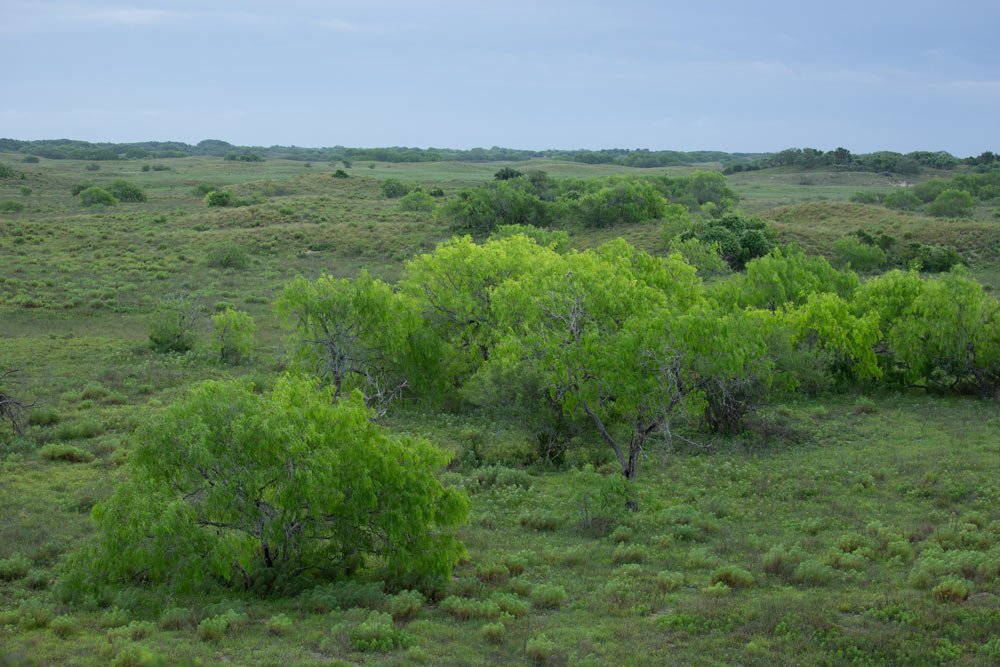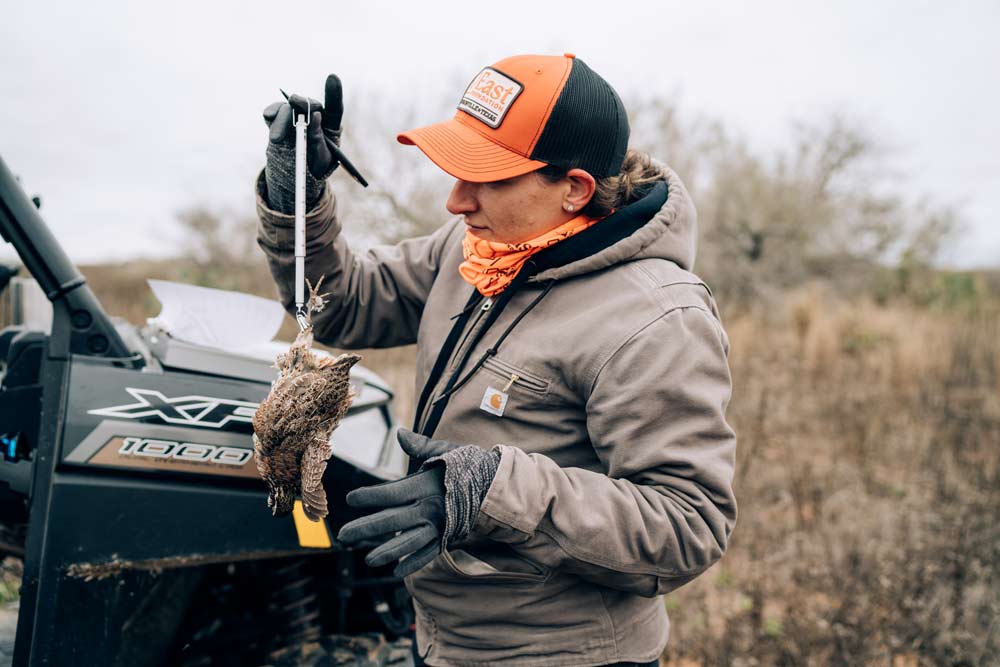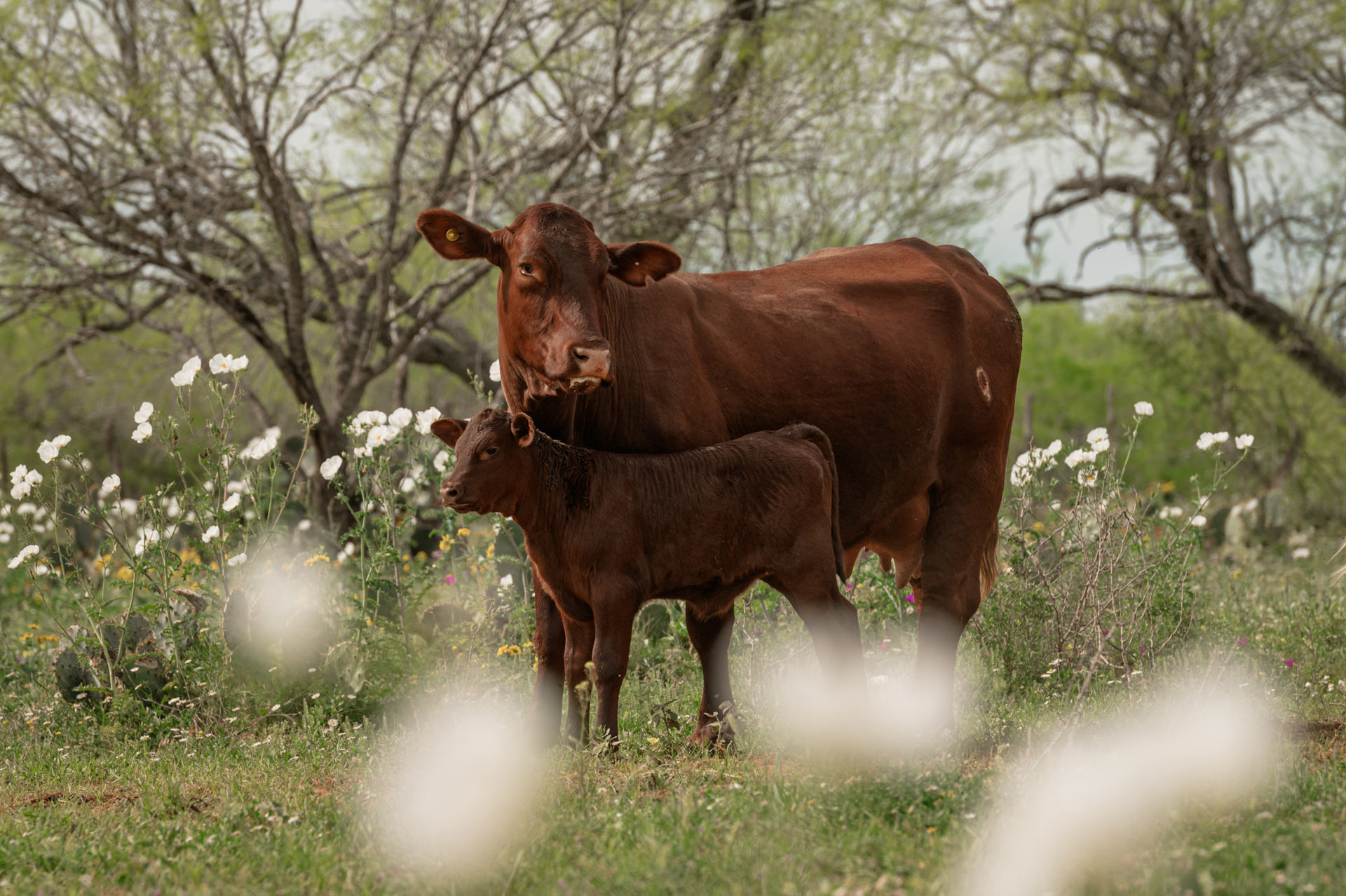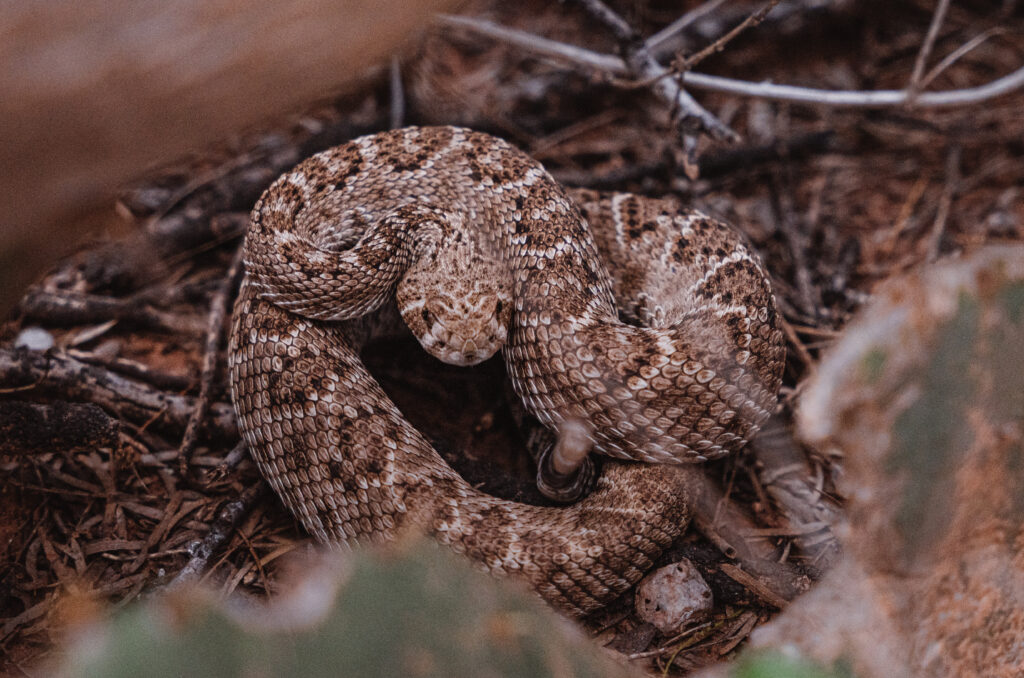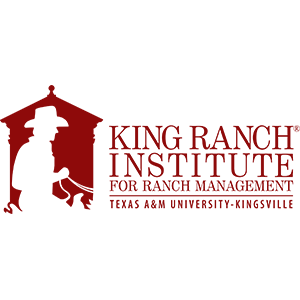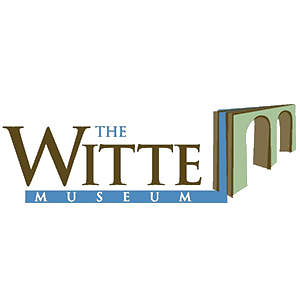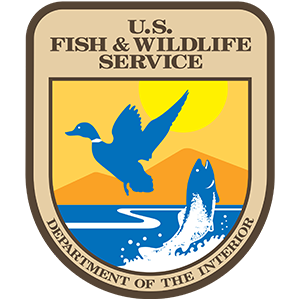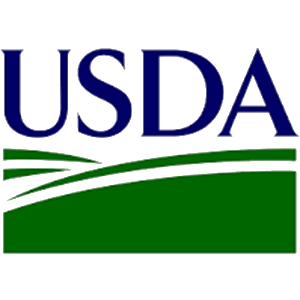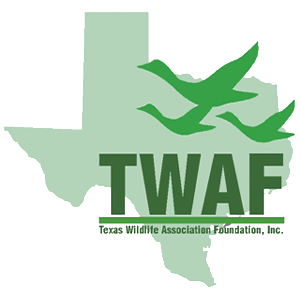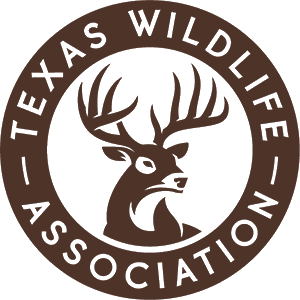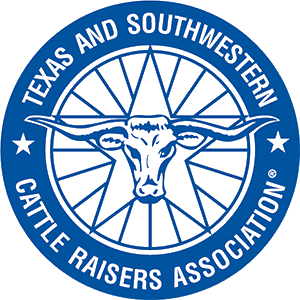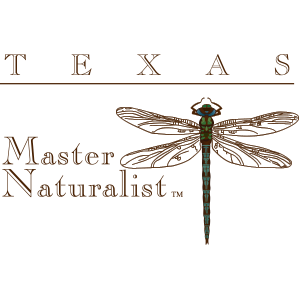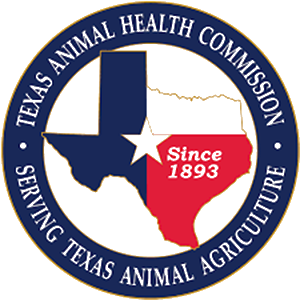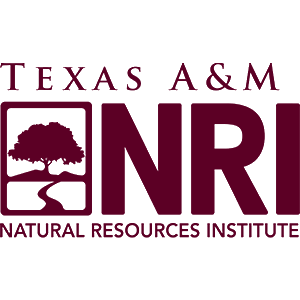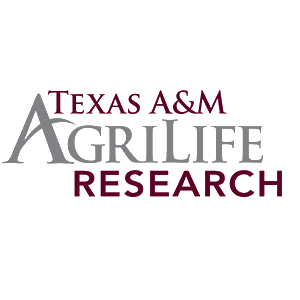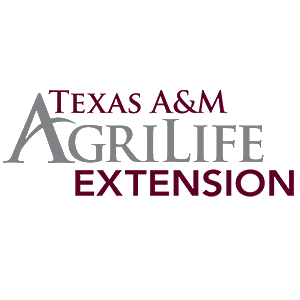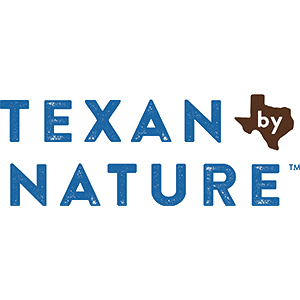Science-Driven Land Stewardship: Our Research Approach
1. Discover(y)
Discover(y) of foundational principles that govern the outcomes of management decisions, increasing predictability, improving resilience, and increasing long-term value.
2. Develop(ment)
Develop(ment) of applications and approaches that enable stewardship improvement through risk optimization, cost-effective management action, and capitalization of interactions of ecological systems.
3. Document(ation)
Document(ation) of the long-term outcomes of management decisions as conditioned by weather, climate, and landscape features.
How we inform our decisions
The Living Lab
Stewardship is the responsibility of caring for an asset to generate sustained benefits over time. We believe that successful stewardship results from better management decisions, which depend on better information and more reliable predictions of the outcomes of management actions.
Our science program aims to enhance and enable better decision-making by land stewards, starting with ourselves. We fulfill this purpose using three key strategies.
Science
Our Projects
DEVELOPING FUTURE LEADERS
We’re developing future professionals through internships, research technician positions, and graduate research opportunities. By embedding students in our working landscape, aspiring range ecologists, wildlife biologists, and ranch managers gain hands-on experience in integrated land stewardship while developing critical thinking and systematic evaluation skills essential for effective decision-making.
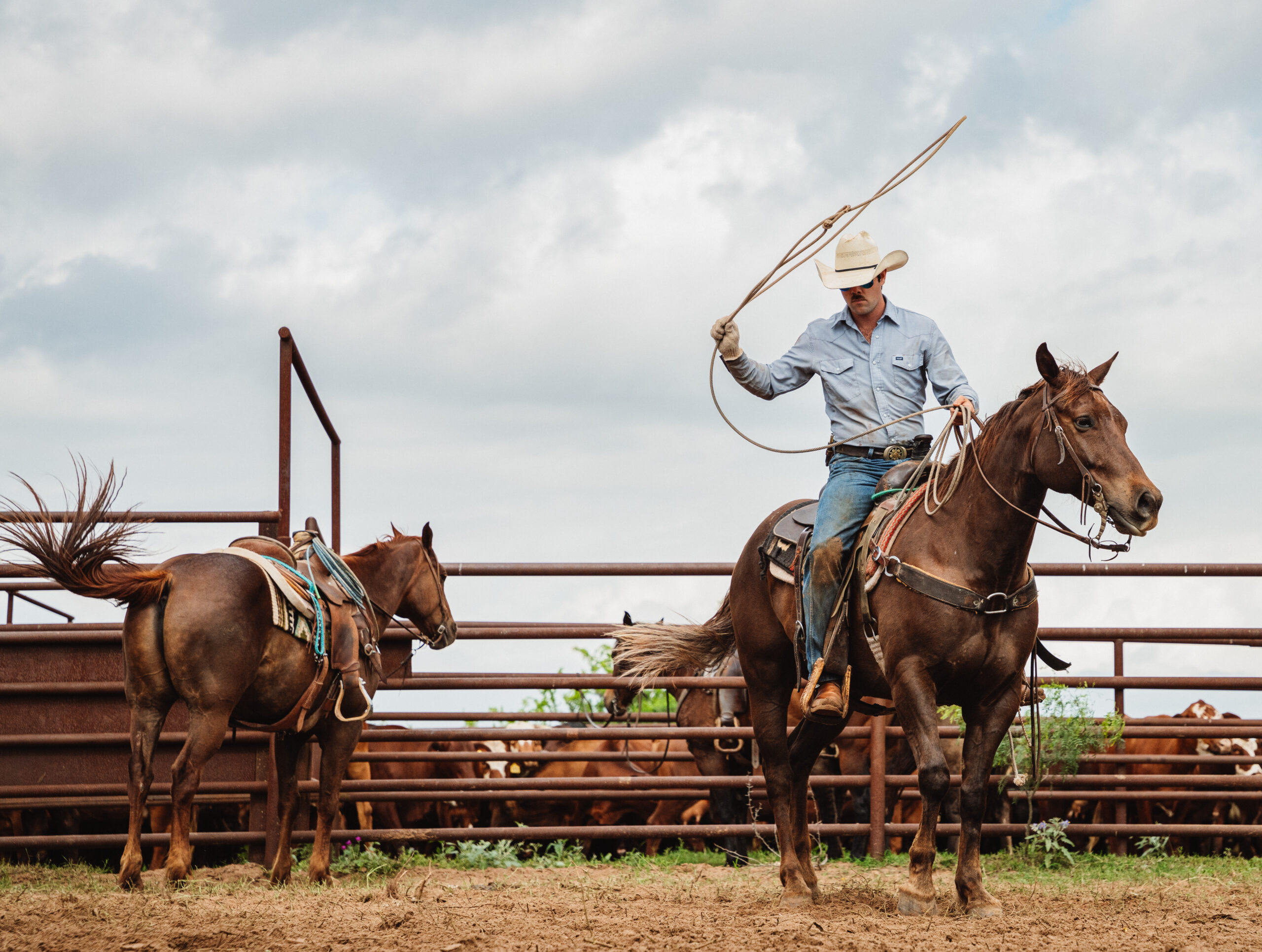
Internships
Our internships in range, wildlife, and ranch management offer exposure to multiple elements of operations, data collection, and decision-making. Internships are seasonal.
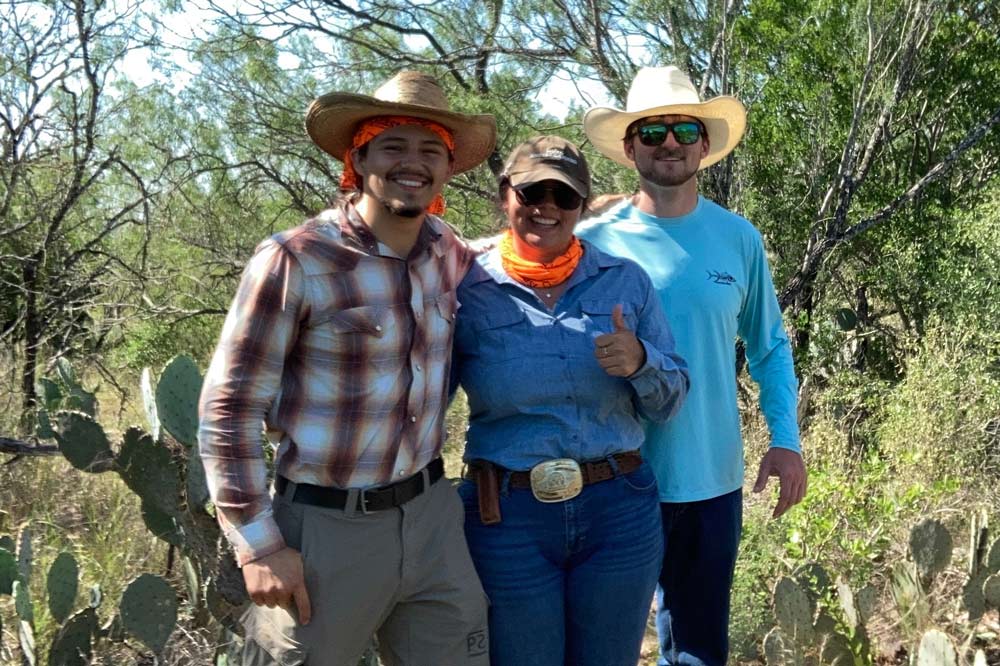
Technicians
Research technicians contribute directly to large, ongoing research projects. While in these positions, they gain valuable experience in field techniques, data collection and evaluation, and operating in large-scale systems. Technician roles vary by season and project needs.
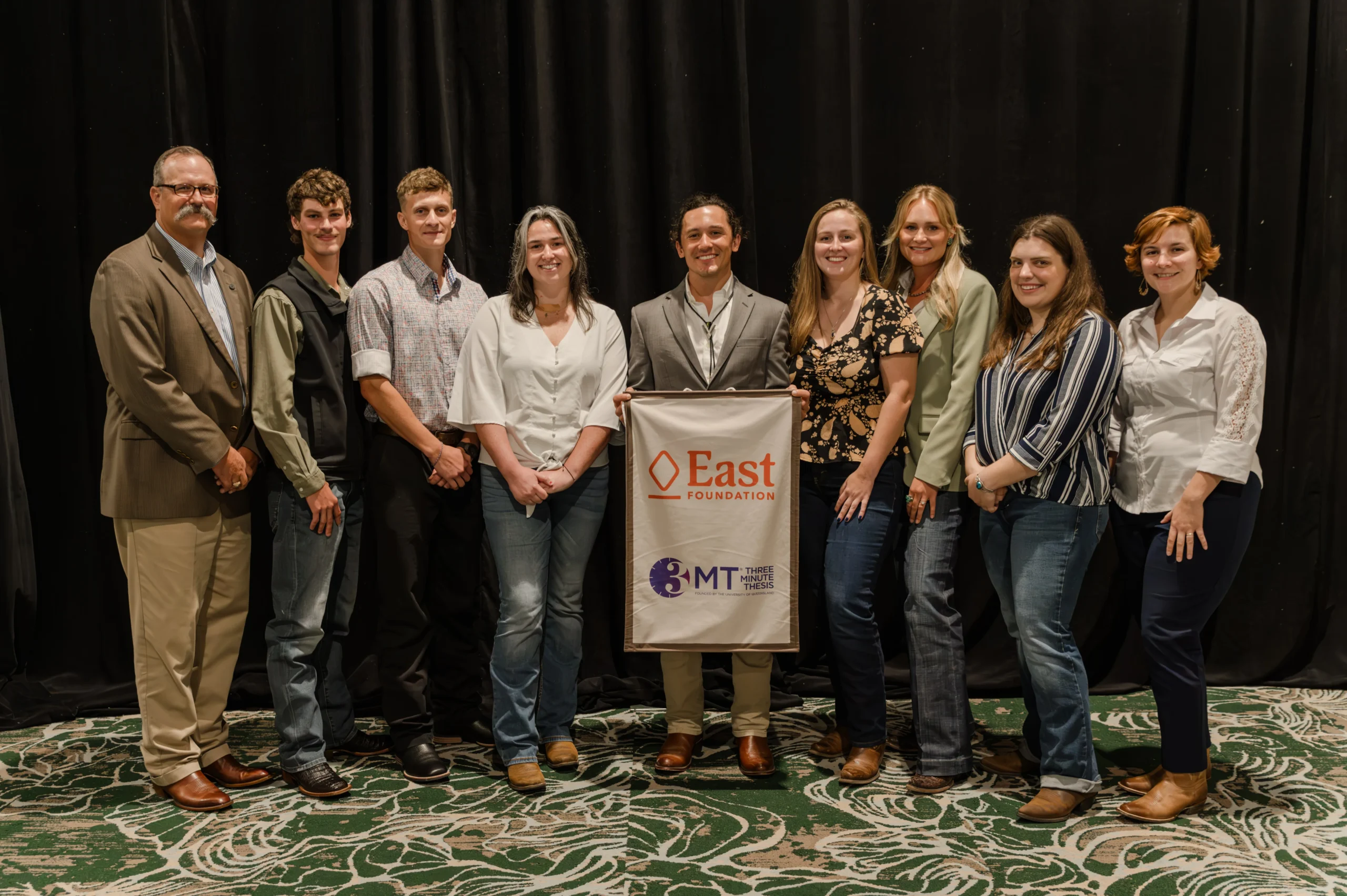
Graduate Programs
East Foundation’s graduate student research programs are developed in conjunction with university partners. Our science team assists university faculty in co-advising students engaged in original research across our lands. The graduate programs at East Foundation give students access to research on a large scale within our living laboratory.
our team
Together, we build the future of land stewardship.
Hard-Working, Driven, Dedicated.

Science Publications
Fulfilling Our Science Purpose
We’re working to enhance and enable effective decision-making by being stewards of working lands. Find out how we do it.
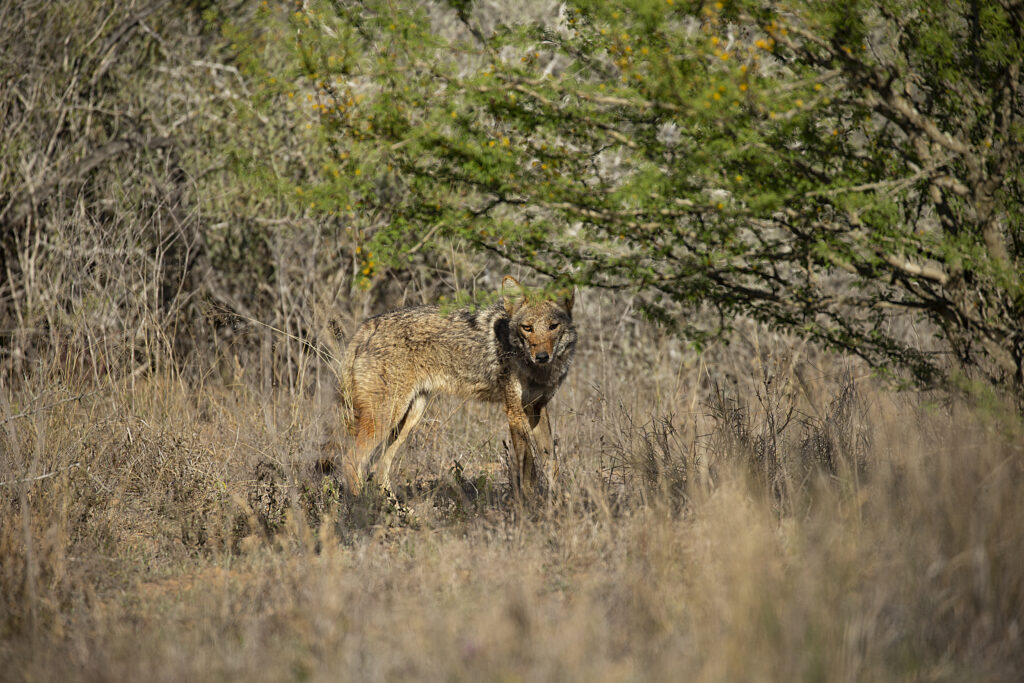
Understanding the Diet of an Unmanaged Population of Coyotes in Southern Texas
May 22, 2025
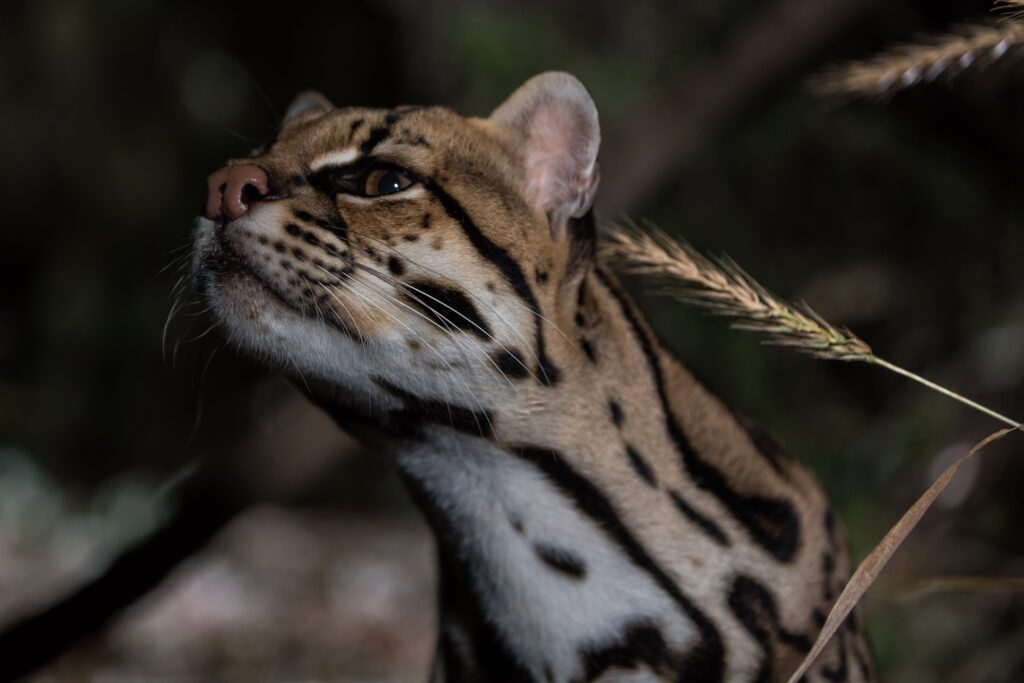
Enabling Endangered Species Conservation on Private Land: A Case Study of the Ocelot in Texas
May 19, 2025
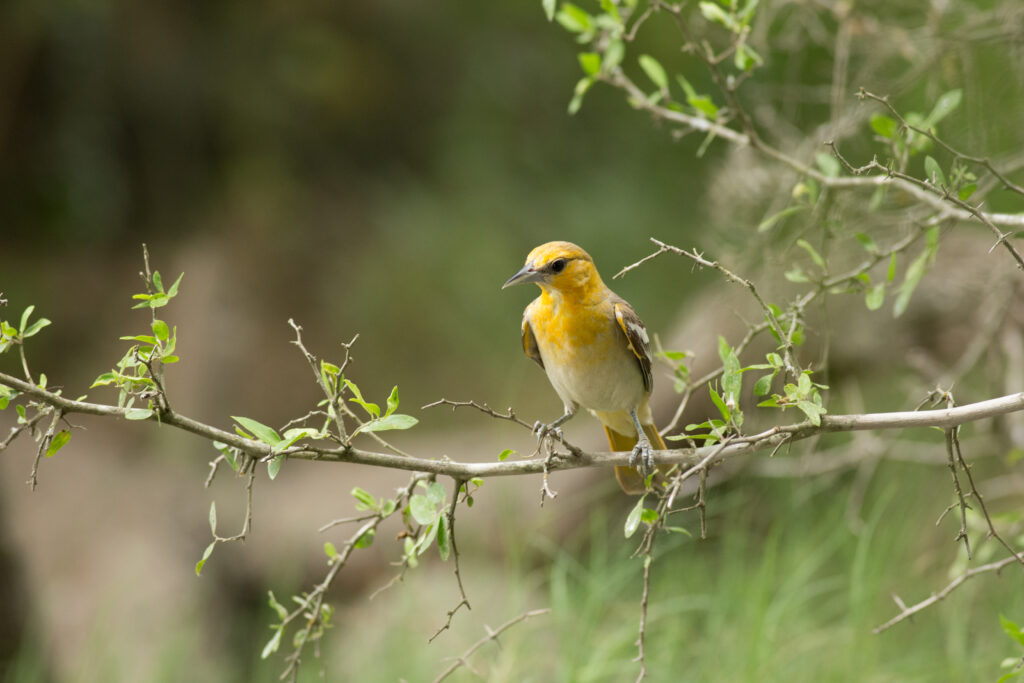
Temporal Relationships of Breeding Landbirds and Productivity on a Working Landscape
February 17, 2025

Perspectives on Agricultural Research Organizations: A New Tool for Agricultural Research and Land Stewardship
January 29, 2025
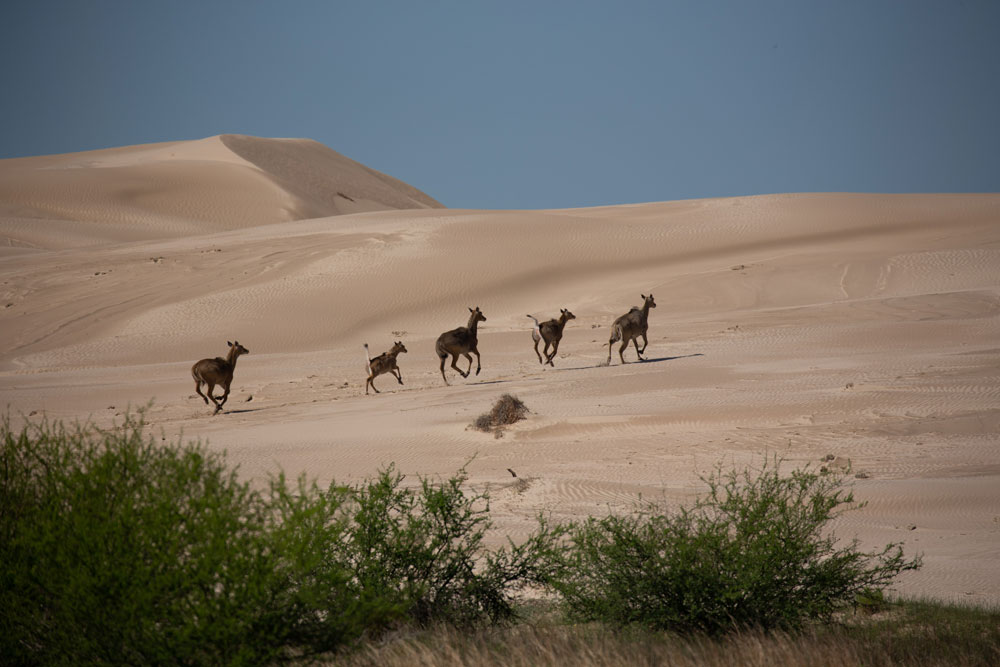
Determining the Age Classes of Free-ranging Female Nilgai in Southern Texas, USA
December 21, 2024
our partners
Key partners team up with us to build the future.
IN CONJUNCTION WITH...
Engaging with like-minded partners is an important aspect of our mission to promote the advancement of land stewardship through ranching, science, and education.
Support from our partners functions as a force multiplier, enhancing our ability to deliver on our mission and programs.
Together, we educate and promote future leaders, professionals, and conservation-minded citizens who will value and support Texas rangelands and the private land stewards who make Texas such a vibrant, diverse, and unique place for people and wildlife to live.
Educating Future Stewards
We develop the next generation of conservation leaders through immersive learning experiences that connect students with hands-on land stewardship and conservation opportunities.
